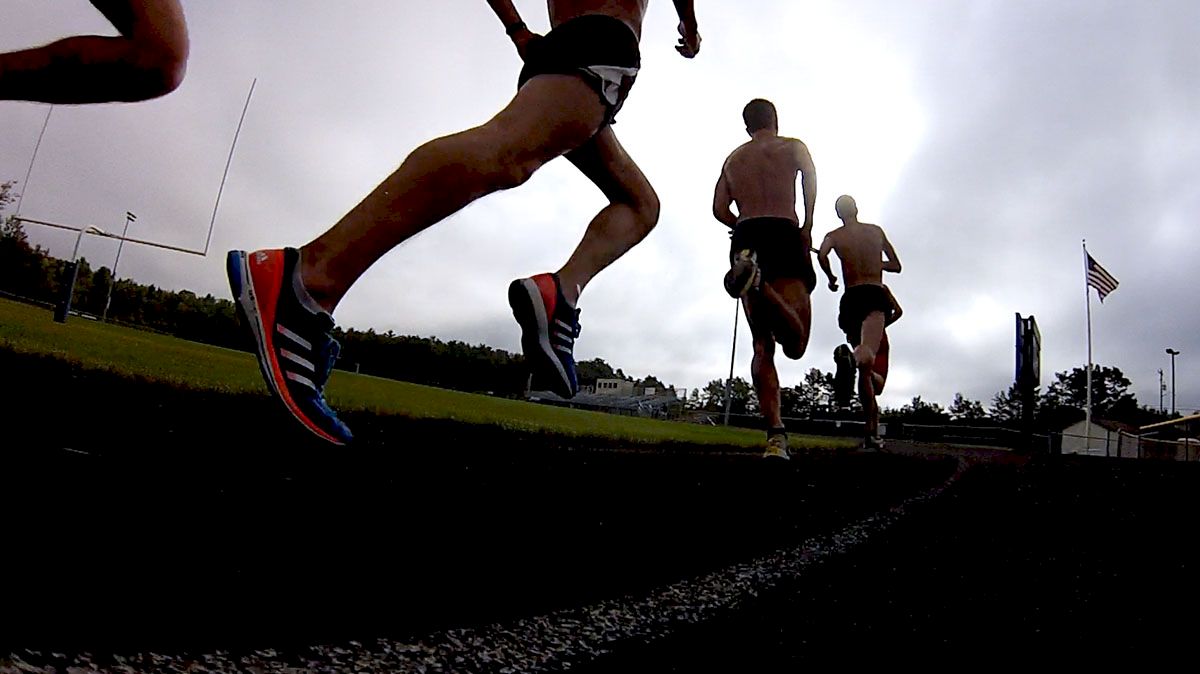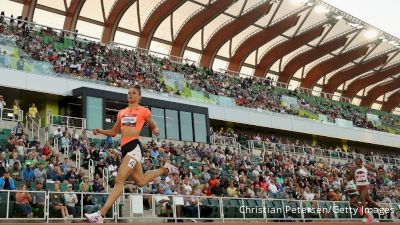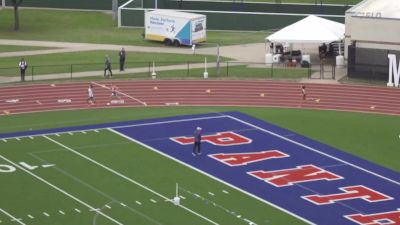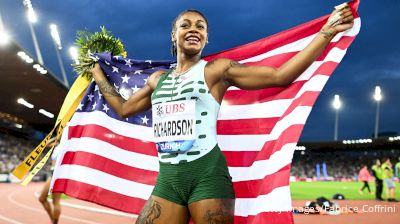
Is the marathon hurting track and field both in the US and at the internaional level?
There is a slippery slope for top distance runners both in the US and worldwide, and it has the most skilled athletes headed for the marathon. This slippery slope occurs in the middle of a perfect strom in our sport, and the draw of the roads is too tough to resist. The track is being left behind to a degree. Just check your nearest marathon results sheet.
I wrote most of this article before my interview with Scott Bauhs. He demonstrates my point in saying that he may have helped his chances to resign with adidas if he had run a good marathon.
2012 is already off to a quick start in the marathon, and the event is so competitive and deep in talent it is hard to keep up with who is running these ridiculous performances. This flood of talent is not testing the waters of the track, at least not yet.
The appeal of the marathon may be detrimental in the long run for athletes. Kenya is unleashing 2:06 or faster marathoners as frequently as the US producers 6 foot 6 guys who can run the floor and jam it home. It makes the US marathon core look like my Golden State Warriors- a few studs, but only a single playoff appearance in 17 years.
This gets to the point of development. By going to the roads, particularly before the age of about 25, American have turned the page on speed improvement. Don’t get me wrong. I see the cash available in the marathon. Look at the pay out for being among the top three Americans at the Chicago Marathon. Money like that, combined with a contract incentive, could keep a runner financially in the game for an additional season. Brett Gocher ran 2:10 at Houston and landed an adidas contract above and beyond Mc Millan Elite support. Would a 28:00 10k at Stanford earn him the same reward? Not a chance.
The greater the appeal of the marathon, the less likely we will see an American in the hunt in any big race on the track. Clearly it was on the mind of Galen Rupp who was in the Oly trials race before withdrawing a week before the race.
Very few American distance runners are earning over $100k gross income a year. One top elite estimate that number to be about 20. For everyone else, it is all about kicking and scratching for exposure. The reality is that a top 10 finish at a big marathon pays a ton more than a similar placing any track meet in the US.
The issue in all of this is that the underlying question for basically all distance runners is “when are you becoming a marathoner?” I am sure Curtis, Nelson, Bauhs, Vaughn, and others hear that question with some regularity.
Now let’s get to Solinsky and Rupp. They are looking at solid 6 figure appearance fees for a debut marathon. And would receive more attention than Kara Goucher and Flanagan at the first NYC races. Solinsky and Rupp are in a separate class of Americans, and are in the prime age as 10k racers. This is exactly my point of this article. They need to continue speed development and attempt to do something that has no been done in nearly 50 years- win a gold medal in the 10k.
My argument is nothing new. It seems that what made guys like Bob Kennedy and Todd Williams successful is being overlooked. They maximized their talents by staying on the track and developing their skills from the 1500 to the 10k and by running cross country.
The marathon is a high risk proposition, and the lure of cash puts up blinders. Americans are a lot better off if they stay on the track through their 20’s. A move to the marathon should only come once significant international track experience is achieved for the top tier Americans. The marathon will always be there, but improvements may be halted by turning to 26.2 too soon.
Related Content
 Rai Benjamin, Athing Mu And Sydney McLaughlin-Levrone Headline Mt. SAC
Rai Benjamin, Athing Mu And Sydney McLaughlin-Levrone Headline Mt. SACApr 19, 2024
 Replay: UIL Region 2-6A Region 3-3A | Apr 19 @ 9 AM
Replay: UIL Region 2-6A Region 3-3A | Apr 19 @ 9 AMApr 19, 2024
 Diamond League Xiamen 2024 To Include USA Track Star Sha'Carri Richardson
Diamond League Xiamen 2024 To Include USA Track Star Sha'Carri RichardsonApr 19, 2024
 Marathon Master's World Record-Holder Kenenisa Bekele Excited For Return To London Marathon
Marathon Master's World Record-Holder Kenenisa Bekele Excited For Return To London MarathonApr 19, 2024
 Tamirat Tola Is Confident In His Training Heading Into London Marathon
Tamirat Tola Is Confident In His Training Heading Into London MarathonApr 19, 2024
 Leul Gebresilase Prepared For 2024 TCS London Marathon
Leul Gebresilase Prepared For 2024 TCS London MarathonApr 19, 2024
 Mic'd Up With Ritz At The TEN
Mic'd Up With Ritz At The TENApr 19, 2024
 FloSports Recognized Globally By International Sports Press Association
FloSports Recognized Globally By International Sports Press AssociationApr 18, 2024
 How to Watch: 2024 OSSAA Outdoor Championships | 3A-4A | Track and Field
How to Watch: 2024 OSSAA Outdoor Championships | 3A-4A | Track and FieldApr 18, 2024